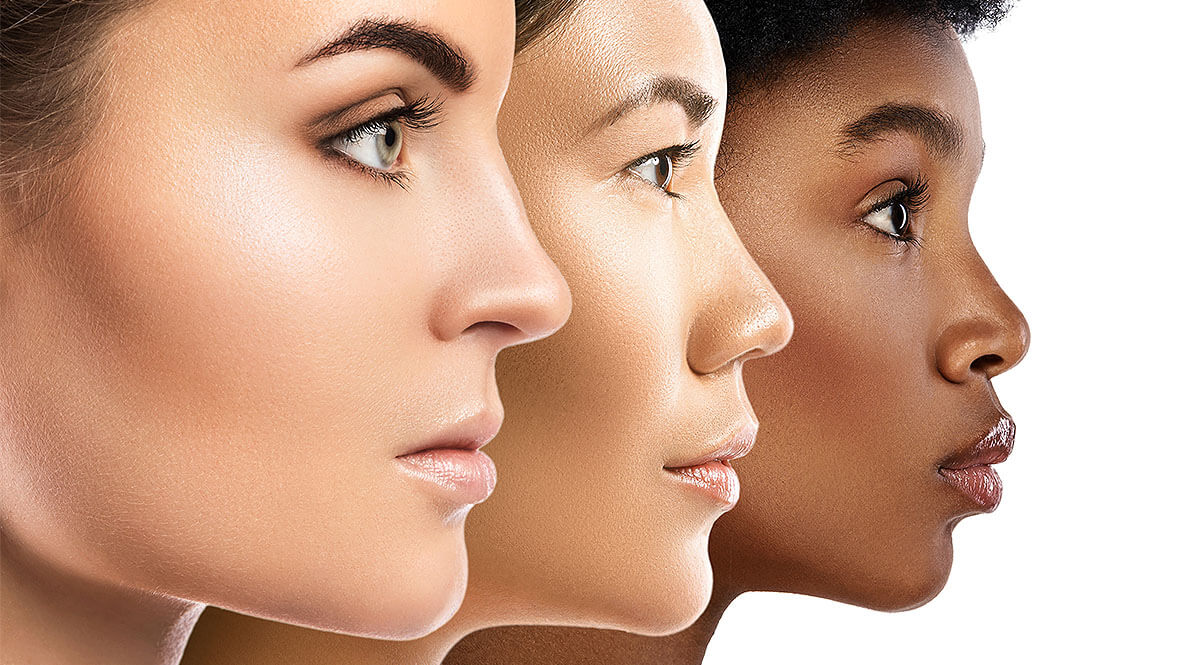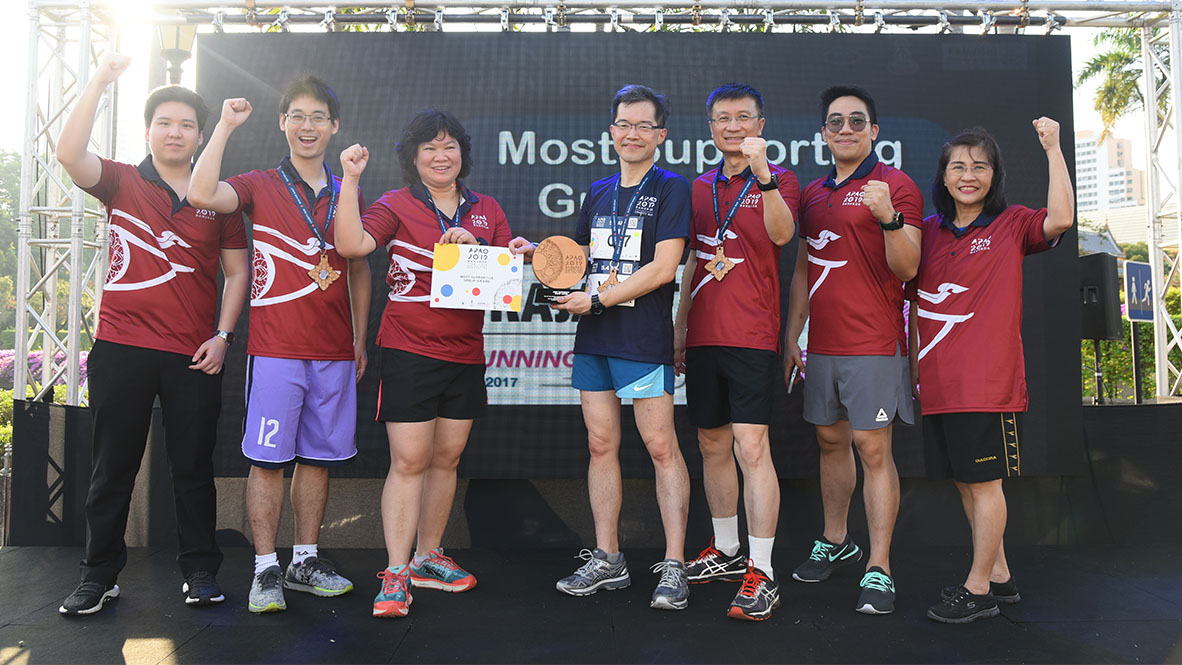From AI-powered diagnosis to 5G mobile eye hospital vehicles, this session showcased the tech-driven reinvention of eye care.
The buzz of innovation was palpable on Day 2 at ARVO 2025 in Salt Lake City as attendees packed the symposium hall for the much-anticipated session, Emerging Waves in Digital Eye Health.
Under the banner of this year’s theme, “i3: imagining innovation and intelligence in vision science,” five trailblazing researchers took the stage to unpack how artificial intelligence (AI) and digital tools are revolutionizing ophthalmology.
READ MORE: AI Tools in Ophthalmology: From Virtual Scribes to Surgical Planning
Let’s dive into the heart of what unfolded — an exhilarating ride across foundation models, benchmarking breakthroughs, big data and even smartphone-based eye clinics.
AI meets ophthalmology: Redefining disease understanding
Kicking things off was Dr. Yukun Zhou (United Kingdom), who gave a sweeping introduction into how AI agents, powered by foundation models (FMs), can now “narrow down the search space” in research, improving both efficiency and robustness.
“By understanding what’s usable and reliable,” Dr. Zhou explained, “we can just ask the AI agent to re-record it from this scope.” But he also issued a clear note of caution: data privacy. “When dealing with metadata,” he said, “especially those at risk of leakage, we must proceed carefully. This is worth a lot of attention in the coming months and years.”
Dr. Zhou illustrated how FMs could unravel disease progression subtypes—particularly for conditions like diabetic retinopathy. “There’s no clear understanding of subtypes,” he emphasized. “That’s an opportunity. With FMs, we can go beyond detection to knowledge discovery.”
Custom LLMs for eyes: Smarter than your average chatbot
Next came Dr. Qingyu Chen (United States) from Yale, who delivered a masterclass on the evolution of large language models (LLMs) — from Word2Vec to BERT to GPT. But his real focus was ophthalmology-specific LLMs.
“In our recent paper in Nature Communications,” Chen noted, “we benchmarked general domain LLMs on six biomedical tasks. While robust in reasoning, they still showed hallucinations and inconsistencies in medical use.”1
That’s why his team developed LEMI, a domain-specific language model trained on curated ophthalmic literature, case reports and open teaching materials.
Dr. Chen explained: “We instruction-tuned LEMI and benchmarked it internally and externally—including on 30 real patient notes from Yale New Haven Hospital. LEMI outperformed general medical models in areas like summarization and clinical Q&A.”
Still, Dr. Chen admitted, “LEMI doesn’t yet beat GPT-4 on multiple choice, but it’s open and transparent. That matters.”
Benchmarking the benchmarks: Bello takes the stage
If LLMs are the race cars, then Dr. Yih Chung Tham (Singapore) is building the Formula 1 track. His project, Bello, sets out to create standardized benchmarking for ophthalmology-specific LLMs.
“There’s no single model that does everything well,” Dr. Tham said plainly. “So we need benchmarks—not just to compare, but to find the right model for the right context.”
Dr. Tham’s team constructed 900 rigorously curated multiple-choice items, validated by nine board-certified ophthalmologists. “We didn’t just scrape data,” he emphasized. “Each item has an expert-written explanation and was reviewed by senior clinicians.”
With Bello, AI developers can submit models to be tested—but the dataset remains closed, ensuring it isn’t contaminated by training exposure. “Transparency, reasoning accuracy, real-world simulation—that’s where this is going,” said Dr. Tham. “And yes, we’re already exploring benchmarking for autonomous AI agents next.”
READ MORE: ARVO-Genentech Keynote Expounds Ethical Vision for AI in Eye Care
Big data, bigger questions: Datasets with purpose
The next wave was all about scale. Dr. Brian VanderBeek (United States) took us through the evolution of eye health databases—from insurance claims to integrated electronic health record (EHR) systems. “We now have datasets like Intelligent Research in Sight (IRIS Registry) with over 79 million patients,” Dr. VanderBeek shared. “But each generation of data adds new layers—visual acuity, imaging metadata, even natural language processing from notes.”
READ MORE: Eyeing Big Data
He highlighted platforms like the TrinetX analytics system, which enables studies to run in “one to two days—not 12 weeks.” But it’s not perfect: “No visual acuity yet, and lateral coding is still an issue,” he cautioned.
His key advice? “Know your question first. Then pick your dataset. No single source does it all.”
When your eye clinic fits in your pocket
Closing the session was Dr. Michelle Hribar (United States), who introduced a truly futuristic—yet already real—vision: smartphone-based eye screening. Her team has created a suite of mobile applications powered by AI that enable home-based diagnosis, personalized follow-up and even tele-consultations.
“We’ve screened children aged 0-4 for visual impairment using only a smartphone,” she said. “We analyze gazing behavior and facial cues to detect 16 conditions—from congenital cataracts to strabismus.”
Another app, she explained, helps diagnose rare ocular surface tumors using phone images. “It even arranges follow-up appointments automatically,” Dr. Hribar added. Their postoperative follow-up app, trained on patient data, recommends personalized care routines with 96% accuracy.
READ MORE: WeChat-Based Reminders Double Follow-Up in Pediatric Eye Surgery Trial
But perhaps the most jaw-dropping innovation? A 5G-powered mobile eye hospital vehicle. “We provide full-service exams, AI triage and teleconsultation—all on wheels,” she said. “It’s healthcare for the 21st century, especially in underserved areas.”
Looking ahead: What ties it all together?
What united these seemingly disparate talks—from custom LLMs to mobile eye trucks — was a clear through-line: intelligence and access. Whether it’s narrowing data searches, personalizing diagnosis or building global benchmarks, the new frontier of ophthalmology is about intelligent systems that extend care far beyond traditional walls.
The ARVO 2025 session proved that the waves are no longer emerging—they’re crashing forward. And the question now isn’t whether digital eye health will transform vision science, but how fast we’ll ride that wave.
READ MORE: Get the latest ophthalmology updates straight from ARVO 2025—right here!
Editor’s Note: Reporting for this story took place during the annual meeting of The Association for Research in Vision and Ophthalmology (ARVO 2025) being held from 4-8 May in Salt Lake City, Utah, United States.
Reference
- Chen Q, Hu Y, Peng X, et al. Benchmarking large language models for biomedical natural language processing applications and recommendations. Nat Commun. 2025;16(1):3280.



